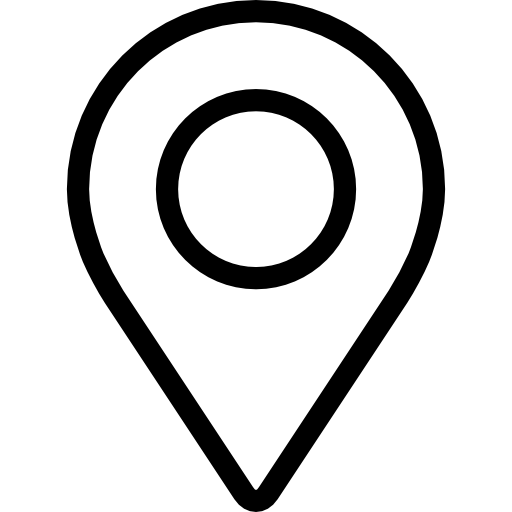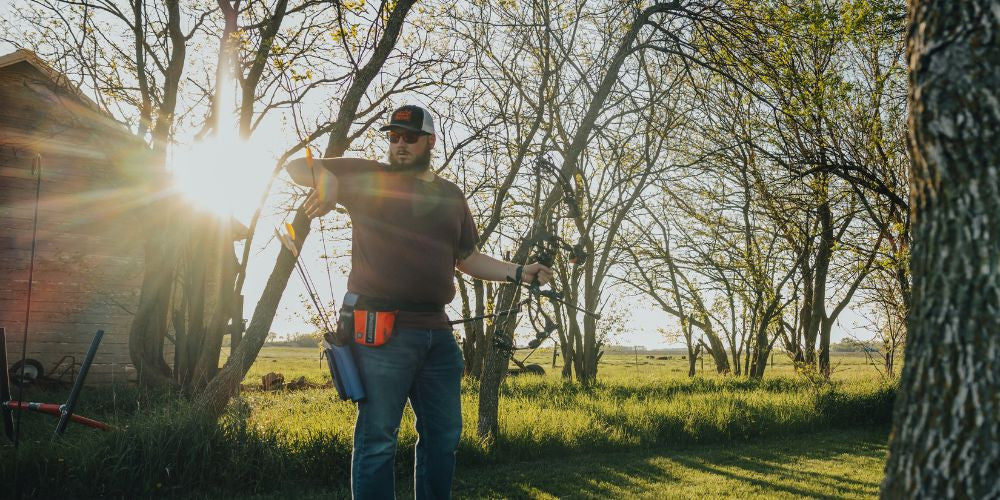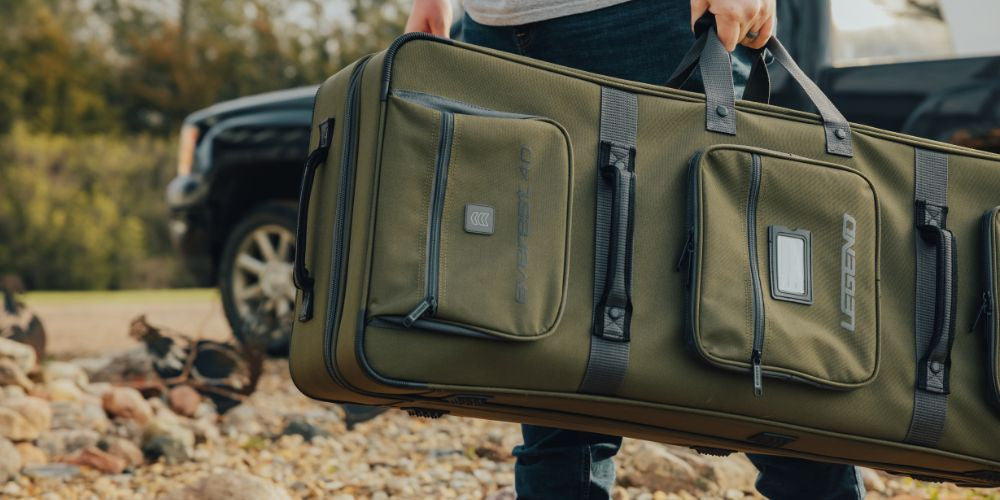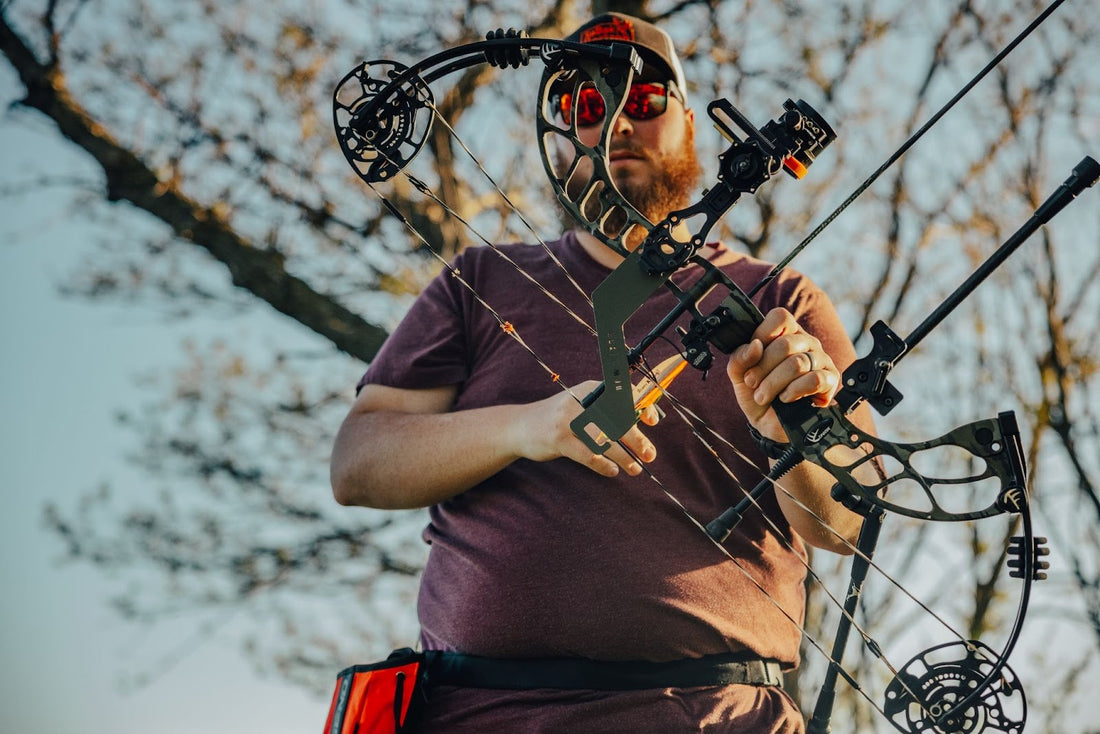When maintained properly, a high-quality bow should have no problem serving you for years. You get to enjoy archery and hone your skills, and you’ll even find that proper maintenance can be cost-effective in the long run.
The task of disassembling your bow for archery might indeed seem a bit too strenuous. However, considering the many benefits you stand to gain from maintaining your bow well, you’ll find that it is definitely worth the stress.
Determining When Your Bow Requires Maintenance

If you ever watch a slow-motion video of an archer using a bow and arrow, you’ll find that the bowstring takes a great deal of force. This force is eventually transferred throughout the bow, making it necessary for you to properly maintain this tool before it snaps or loses its efficiency.
There are several ways to know when your bow needs a bit of a tuneup. Here are some of the most common:
- General wear: The bow is a mechanical device and, as such, is susceptible to wear over time. Bowstrings are especially susceptible to significant wear and require constant maintenance. Regular maintenance and proper storage can help maintain the integrity of your bow and prolong its life.
- Growth spurts: Young archers experiencing growth spurts might find that their bows no longer fit perfectly. It is important for young archers that their bows adjust with them as they grow to ensure accuracy and comfort. Luckily, some youth bows are easily adjustable. However, the extent to which they can be adjusted is limited. When a bow no longer fits even after adjusting it, a complete replacement is usually recommended.
- Drops: Accidents sometimes happen, even to professional archers. If you mistakenly drop your bow, check the bow parts for any dents or damage. If you notice any damage, take the bow to an archery shop to have it inspected and fixed.
- Dry-fires: Dry-firing means firing a bow without an arrow on the bow string. Dry-firing is especially damaging on compound bows because they have more moving parts than recurve bows and longbows. To prevent dry firing, you should only shoot arrows that are of the right weight and spine. Also, confirm your arrow nocks is in good shape before every shot.
Tips For Maintaining Your Bow

Now that we’ve covered the basics of bow care, let’s examine some of the major tips that can help you maintain it for the long haul.
-
Protect your bow from water

It is important to keep in mind that water and archery equipment don’t go well together. This is especially true for wooden bows, as exposing it to humidity will eventually cause swelling and disfigure the bow. The best way to prevent this is to store your bow in a dry place and protect it from rapid temperature changes.
Interestingly, you shouldn’t only be wary of water in its liquid form. Even ice buildup can have a destructive impact on some of the most advanced compound bow options. In extreme situations such as ice buildup near cams, it can be dangerous as it may cause the string to roll off the cam. To avoid buildup of ice, be careful not to leave snow on your bow. It is also important in the winter to check for ice buildup before drawing the bow.
-
Inspect your bow before use
It is a good and widely recommended practice to inspect your archery bow before every session. This is especially crucial for the compound bow, which tends to come with more moving parts than other bow variants.
Before you head into the wild or go for that archery competition, ensure that your bow is properly tuned and not cracked in any way. You should also pay attention to any unusual vibrations and loose elements. Using a damaged bow could be very dangerous for an archer, so remember to complete a proper inspection before every archery session.
-
Do not overdraw your bow
The unique construction of a compound bow enables comfortable aiming as the weight you keep in your hands once the bow is fully drawn is hugely reduced. You need to nonetheless remember to shoot it only when fully drawn. In modern compound bows overdrawing is prevented by utilization of “the walls” - basically, points that tell you when the bow has been stretched to its limit. Forcing the string over this limit may result in damage. If your bow does not suit your arm length, you need to adjust the bow's draw length. Most constructions allow for moderate adjustment that you can do yourself. Some bows may, however, require the use of a bow press.
-
Take care of your bowstring

Of all the bow parts, the bowstring is most prone to wear and tear and thus, requires the most frequent maintenance. They fray and snap when used too much or overstressed. Before each archery session, take a really good look at your bowstring. Be sure to replace the string if you find any frayed threads of parts of the string that look different from usual. Shooting with a faulty bowstring is incredibly dangerous and fixing it definitely shouldn’t be put off.
Also, waxing is one of the most important things you should keep in mind when using a bow and arrow. One of the best ways of ensuring your bow string stays in shape, and its integrity is maintained is to wax it regularly. Waxing allows you to extend the bowstring’s life and prevent premature failure. By waxing regularly, you can prevent the bowstring from fraying, retain the string’s twists, and stop water from getting into all of its strands.
For proper waterproofing and friction reduction, we recommend using silicone-based wax for maintenance.
-
Synchronize your cams

Finally, for archers who have chosen the dual-cam compound bow, always make sure that your cams are in perfect sync.
Constant limb movements and string stretching can lead to desynchronization, which would eventually reduce your accuracy and ability to shoot correctly. Hence, remember to always ensure your cams are in sync before every archery trip.
Final Thoughts
When it comes to archery, you’re really only as good as the tools with you. And, as we all know, you don’t have many tools as important as the archery bow. This is why you need to keep your bows in top shape always.
Storage is a critical part of bow maintenance. You should consider getting a high-quality bow case for safe storage and transportation of your bow and accessories.
Getting an annual inspection done by an expert is also a great idea. Going in for comprehensive bow inspections can go a long way in preventing unexpected damages.
 cust@legendarchery.com
cust@legendarchery.com 302 503 5767
302 503 5767 Whitestown, In 47075
Whitestown, In 47075




